A-level grade boundaries are one source of dissatisfaction for chemistry educators
The UK’s chemistry curricula have recently fallen under scrutiny with the publication of the Royal Society of Chemistry’s policy report Future Workforce and Educational Pathways. This has arrived at an opportune time: Wales has a new curriculum in place, there is increasing disquiet about the curriculum in Scotland and the government has recently begun a review of the curriculum in England. While curriculum is being discussed, assessment is never far from the minds of chemistry educators.
In England the current examination specifications have been in place for nearly 10 years. Considered the biggest shake-up in exams for a generation, these reforms swept away modules and coursework-type assessment along with the contribution that AS exams made to the overall grade. The current linear A-levels are supposed to be tough, helping to raise the bar for pupils and make them more able to compete on the international stage.

Initially the public worried that more students would fail their A-levels or miss competitive university offers but were reassured that regulation would mean the same profile of grades was maintained for the new cohort. So if students performed less well, the grade boundaries would be lowered to make sure the same numbers of each grade were awarded.
But what makes an acceptable pass/fail mark at the grade E/U boundary? What is the minimum standard required of an 18-year-old taking their final exams before potentially heading to university or employment in the chemical sciences?
Under the previous regime the grade boundary for E/U tended to be around the 40% mark. Most examination boards in England have historic links to universities and so coincidentally or not this is also the percentage considered to be a pass for 3rd class honours in higher education. In the new A-levels, before the pandemic around 20% was required to pass. So students were gaining level 3 passes, suitable for entry to higher education, showing competency of only one fifth of the examined material.
Lacking confidence
At first glance this is an embarrassing pass mark that has the potential to undermine the public and higher education institutions’ confidence in the A-level system. While there aren’t many universities that routinely ask for grade E when offering a place to a student, there will be students starting university each year who have that grade in their offering. There will be many more beginning courses with a grade B, gained with scores that are usually between between 55–63% across the A-level content. This is considered a good grade and opens the door to many higher education courses, including a number in chemistry.
In 2017, the first year these A-levels were awarded, it was generally thought that grade boundaries would rise as teachers became more confident in preparing students for the qualifications and students got more used to the types of papers. But then a pandemic shook up the world of education, cancelling exams for two years and bringing wide-ranging consequences. Since we have returned to exams, even with some Covid mitigations in place, some grade boundaries have got even lower. In 2023 students studying the OCR A chemistry specification needed only 15% to pass at grade E; perhaps even more worryingly, students studying AQA physics needed only 52% to get a grade A.
Low grade boundaries are demotivating for students
Teachers universally disagree with such low grade boundaries but know they’re necessary to maintain the current profile of grades across the cohort. They commonly say the curriculum is too large – ‘a mile wide and an inch deep’ – overwhelming students and making it difficult to give the ideal range of teaching and learning experiences, especially in practical chemistry. Instead of being an exploration of some nice advanced chemistry, the A-level is a march to the beat of the drum of assessment.
Moreover, low grade boundaries are demotivating for students. Students don’t feel like they are good at a subject regardless of whether the score they get is a ‘good’ grade. They see a lot of corrections on their work, they know that their test percentages are low and perhaps they’re less confident in pursuing those subjects further.
As applications for chemistry degrees have been declining in recent years, the next round of curriculum reform raises important questions for the whole chemistry community. Just what is an acceptable grade boundary for this age/stage? And how can we design a curriculum and assessment scheme that makes this achievable? We currently have a golden opportunity to make a positive and lasting change and so invite chemists from across the community to join in the debate.
A curriculum and assessment review has begun in England and as this progresses there will be opportunities for stakeholders to contribute through calls for evidence and other policy consultations. RSC networks and communities are a good place to start the discussion and these help to feed into the response to policy consultations.



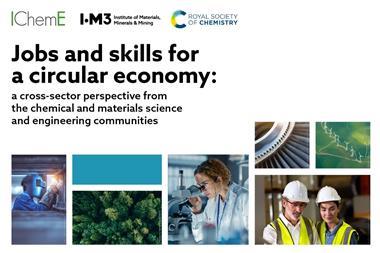
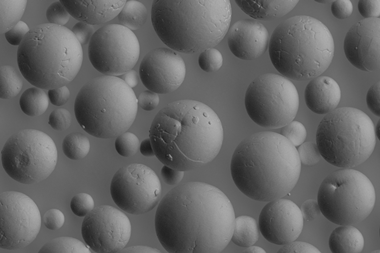
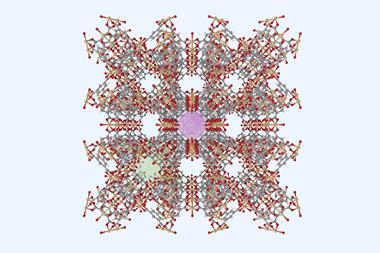



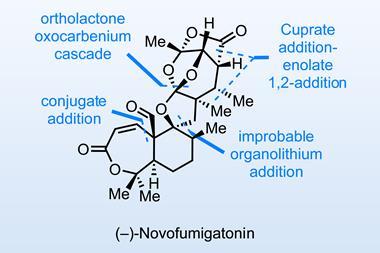

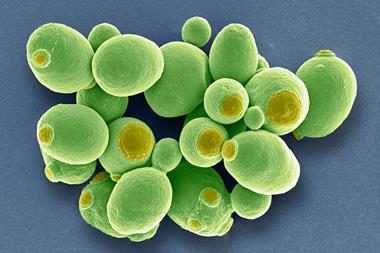
1 Reader's comment